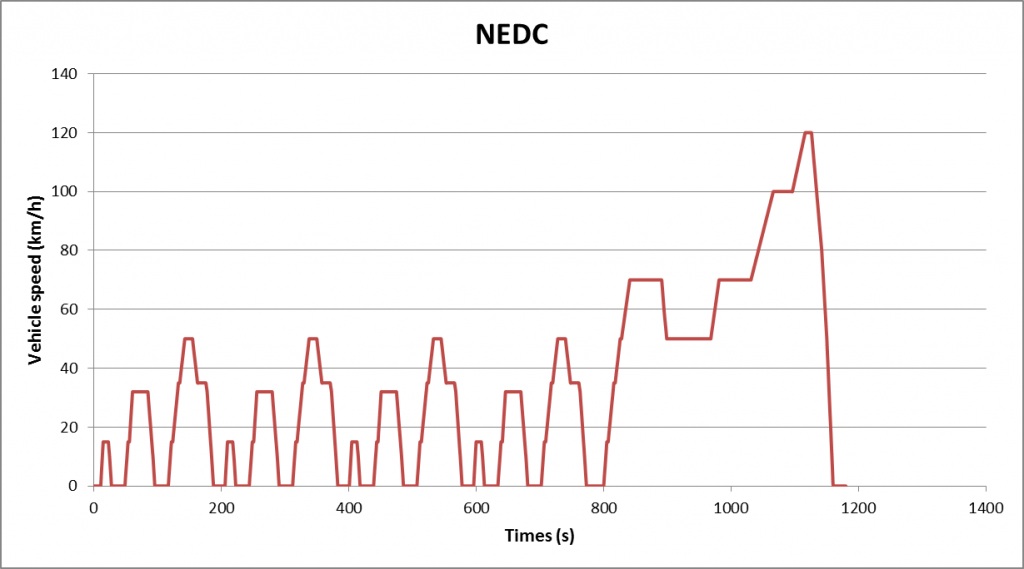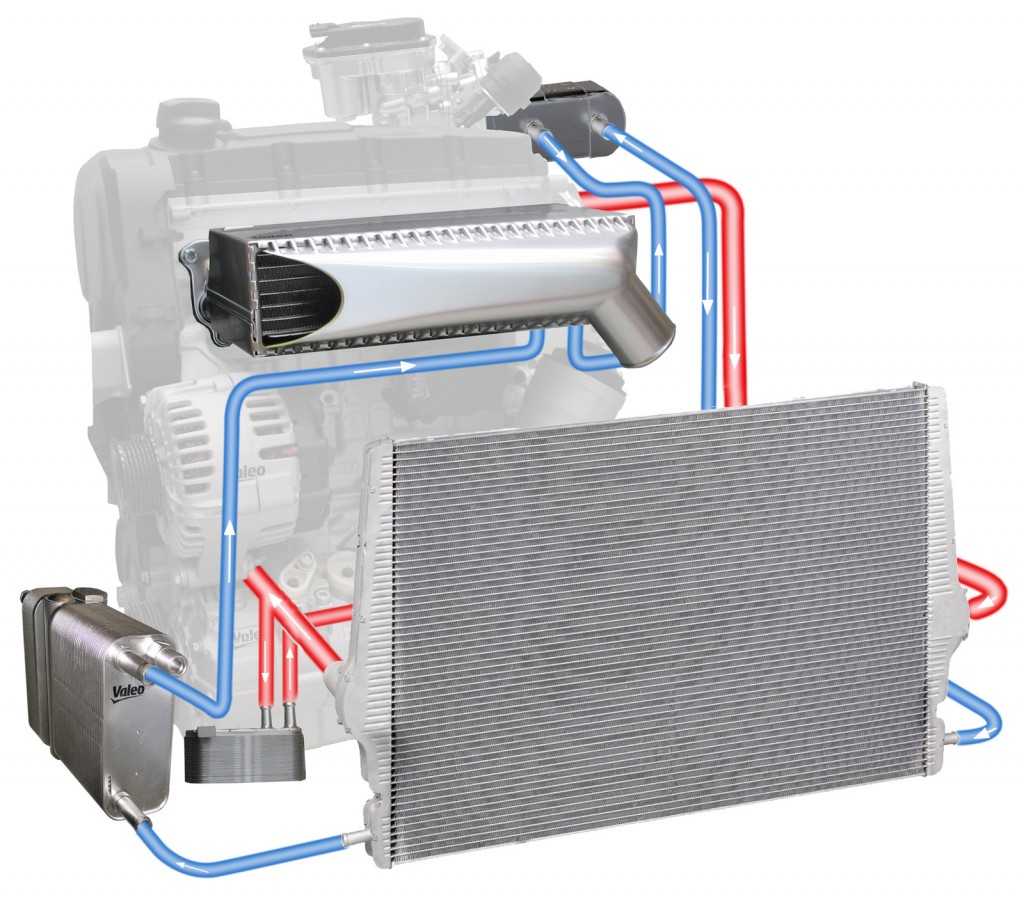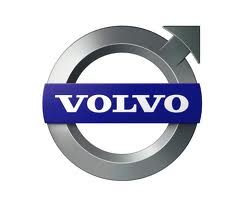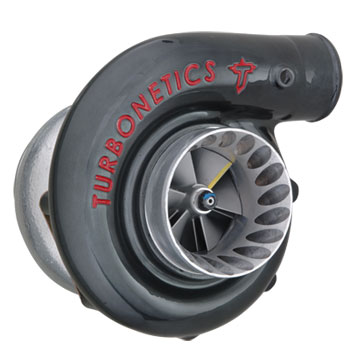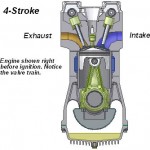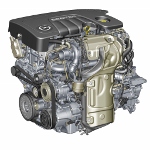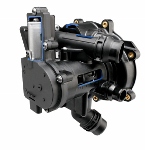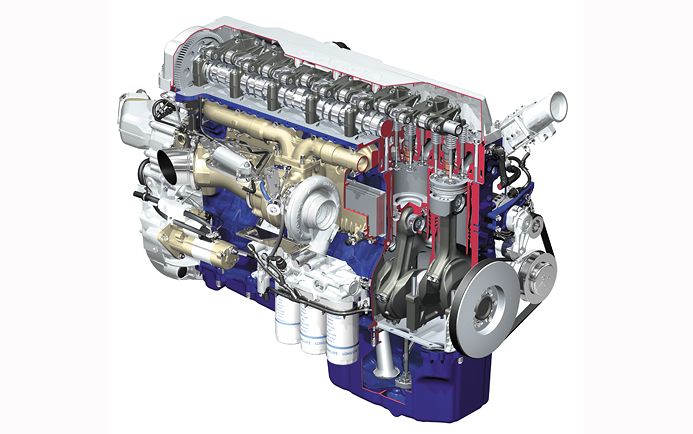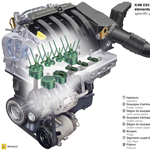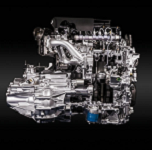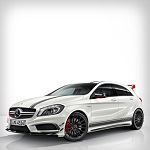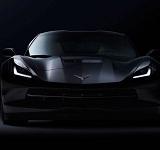When it comes to fuel efficiency and dependability, the first thing that should pop into your head is the four-cylinder engine. Contrary to popular belief, not all four-cylinder engines are created equal. We’re going to take an in-depth look at the most well rounded four-cylinder motors on the market in terms of: quality, reliability, power output, and all the little factors in-between.
After much deliberation, the best four-cylinder engines are the: Ford’s Ecoboost 2.3L, Mazda’s 2.5T, and Honda’s 2.0T, specifically, the K20C4. Reliability, power output, average cost, and cost of maintenance were all factors, and while four-cylinders rank high in most of the categories listed regardless, their power output was what truly set them all apart.
Each of these 4 cylinder engines carry with them significant advancements in technology that we’ll break into a bit, to better showcase the advantages that set them apart from their competitors.
Ford Ecoboost 2.3L 4 Cylinder Engine
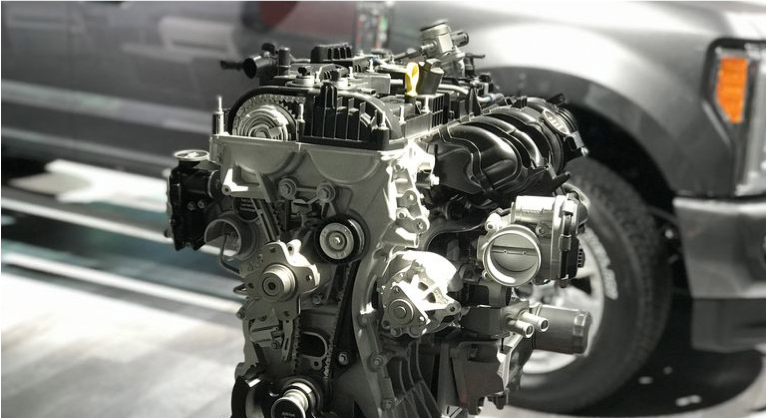
While the Japanese market typically dominates the four-cylinder segment, domestic makes have garnered a significant following on some of their more signature four-cylinders. Take for instance Ford’s signature ECOBOOST series 2.3-liter motor. The Ecoboost 2.3L was first introduced in 2015 in the Mustang as well as the Lincoln MKC crossover, exceeding market expectations across the board.
Deemed, “The Replacement for Displacement,” by Mike Garrett of Driving Line, the 2.3L ECOBOOST has more than proven its worth with its ability to provide consistent power on par with v6 and v8s of yester-year. While it’s been a consistent theme in the Japanese auto trend, the Ecoboost has proven it is capable of punching above its weight class, while maintaining the economical advantages that these smaller motors are best known for.
So, what is it about this particular motor that makes it so special? Well, for one, the forced induction creates a different animal entirely. The available torque that this little four-cylinder provides is unparalleled, providing the much-needed power in the blink of an eye. Couple that with the amount of cheap aftermarket modifications available, the sky really does become the limit.
Ford did what Ford does best: bring an engine into the mainstream and make it fun. So much so, even Chevy’s Camaro has an available four-cylinder option! What’s better than a fast vehicle, that also gets you great gas mileage? We’ll tell you: nothing!
Fast forward a few years, and Ford has implemented the motor into several models, including the Explorer and even their “Hot hatch” the focus RS. As this motor has become widely used throughout the brand, parts have become more accessible and more utilized, driving down the overall cost of manufacture. While it’s not very often we can look to America for their small, powerful engines, the Ecoboost 2.3l has set a new bar for what it takes to compete in the four-cylinder motor market.
MAZDA SKYACTIV-G 2.5T 4 Cylinder Engine
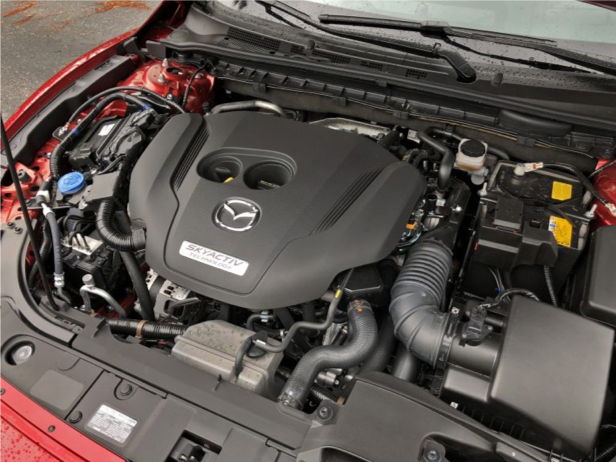
The four-cylinder motor is where Mazda shines as brand, going all the way back to their 1.8l four-cylinder in the original NA Miata. With their most recent achievement of becoming Consumer Report’s number one rated automotive brand, above even the likes of Toyota and Lexus, it only makes sense that Mazda’s Skyactiv turbo 2.5l motor would make the list.
Mazda’s Skyactiv series motors are nothing new, and have dominated the reliability segment for the last decade. When it came time for them to replace the outdated v6 motor found in their cx9, Mazda decided to add a turbo, and the rest, is history. Since then, the turbocharged four-cylinder motor has found its way into more models; All of them to be exact. Well, that is, except for the Miata, but we can always dream.
Mazda has always been known for their one-of-a-kind approach to “spirited driving,” but this new technology has truly driven them to new heights. Boasting a massive 250 horsepower, 310 pound-feet of torque available at 2,000 RPMs, this new powerhouse is something to be rivaled. Their Dynamic Pressure Turbo simulates a turbine, forcing exhaust gas to flow through very narrow channels, maximizing the pulse of the exhaust and obtaining much higher forces. It’s this very technology that has allowed Mazda to virtually eliminate the concept of turbo-lag in their motors.
While this new technology sounds terrifyingly expensive, Mazda has continued to develop on their most trusted and reliable platforms. At this point, the turbo charged Skyactiv 2.5L is considered one of the most dependable motors on the market, and its cost of ownership isn’t much more than the non-turbo variant found in the lower trim level Mazda models. Mazda refuses to back down in their mission to keep vehicles fun to drive, and it’s a mission statement that any true automotive fan should be able to get behind.
I reached out to a good friend of mine, Rob Newton, who’s the Service Manager over at North End Mazda in Lunenburg MA, and here’s what he had to say about it.
“They’re easy to work on. Mazda gave us a basic four-cylinder motor with some new technology, and continued to develop on it. Then, once they were satisfied with that, they added a turbo and called it a day. I think there’s way more room for optimizing performance over economy hidden in the mapping files, but only time will tell. I mean, they have a duty to the planet, so it makes sense. Give the people they performance they crave, in a reliable motor that’s cheap to fix.”
It’s clear that the Skyactiv 2.5T checks all the boxes that make a four-cylinder motor great, and we look forward to Mazda’s further development of the platform in the near future.
HONDA 2.0T 4 Cylinder Engine
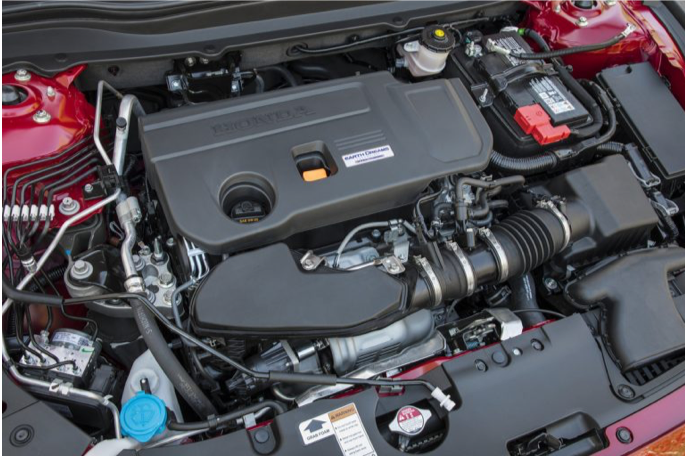
Sticking with the theme here, we have four-cylinder number 3, Honda’s 2.0 turbo found in their Accord sport. Not to be confused with the more powerful version found in the civic Type R (k20C1), the K20C4 is the perfect mix of power and dependability.
When Honda went on to design this motor, they went as lightweight as possible: Diecast aluminum cylinder block, lightweight forged-steel crankshafts, and everything else in between. One of the greatest features of this motor is its water-cooled exhaust ports that help reduce the temperature of the exhaust, meaning they reach operational temperature quicker.
Not to mention these motors, as we’ve come to expect from Honda by this point, come equipped with Variable Valve Timing and Lift Electronic Control; Better known as VTEC. It’s all about reducing the turbo-lag by increasing the exhaust pressure at those lower RPMs.
While the K20C4 was only introduced in the 2017, it carries a lot of the same technology that Honda is best known for. Upgraded materials and technology pave the way for more power and efficiency, while keeping the work and maintenance relatively similar. More power, less weight, and more electronics means more of what consumers have come to expect from Honda: fun driving, and a cheap cost.
Conclusion: Four-Cylinders Have Taken Over
While we just went over the three BEST 4 cylinder engines available today, there are still significantly more options than that available on the market. The four-cylinder is today what the V6 and the V8 were to the late 70’s and early 80’s. A looming gas crisis spawned the development of more economically conscious motors, but left the consumer missing the power offered by your larger motors.
As the years went on, technology developed the four-cylinder into something the average consumer no longer saw as a sluggish, boring machine. Your standard consumer was willing to go with a four cylinder, but your automotive enthusiasts still stayed far away; They lacked the power and the growl that is often sought in the performance world.
Almost half a century later, and those same economical motors are capable of putting out similar power numbers, with a significantly lower weight profile. The old adage of No Replacement for Displacement has become a relic, reminiscent of a simpler time. Carbureted V8s have been replaced with force inducted, computer controlled four-cylinders that punch way above their weight class, and do so with a vengeance.
As is inevitable, something will come along and put the four-cylinders to shame (looking at you Tesla), the same way modern four-cylinders did to big blocks. Innovation and the push for more environmentally friendly options will change the landscape; but that’s a conversation for another time. For now, at least, these motors get to carry the crown of cheapest to own, most powerful, and best in class in a sea of similar options.
IMAGE SOURCES
- https://fordauthority.com/wp-content/uploads/2019/10/Ford-2.3L-EcoBoost-Engine-003.jpg
- https://www.carscoops.com/wp-content/uploads/2018/06/05053b3c-mazda6_16.jpg
- https://www.motorreviewer.com/engine.php?engine_id=137






